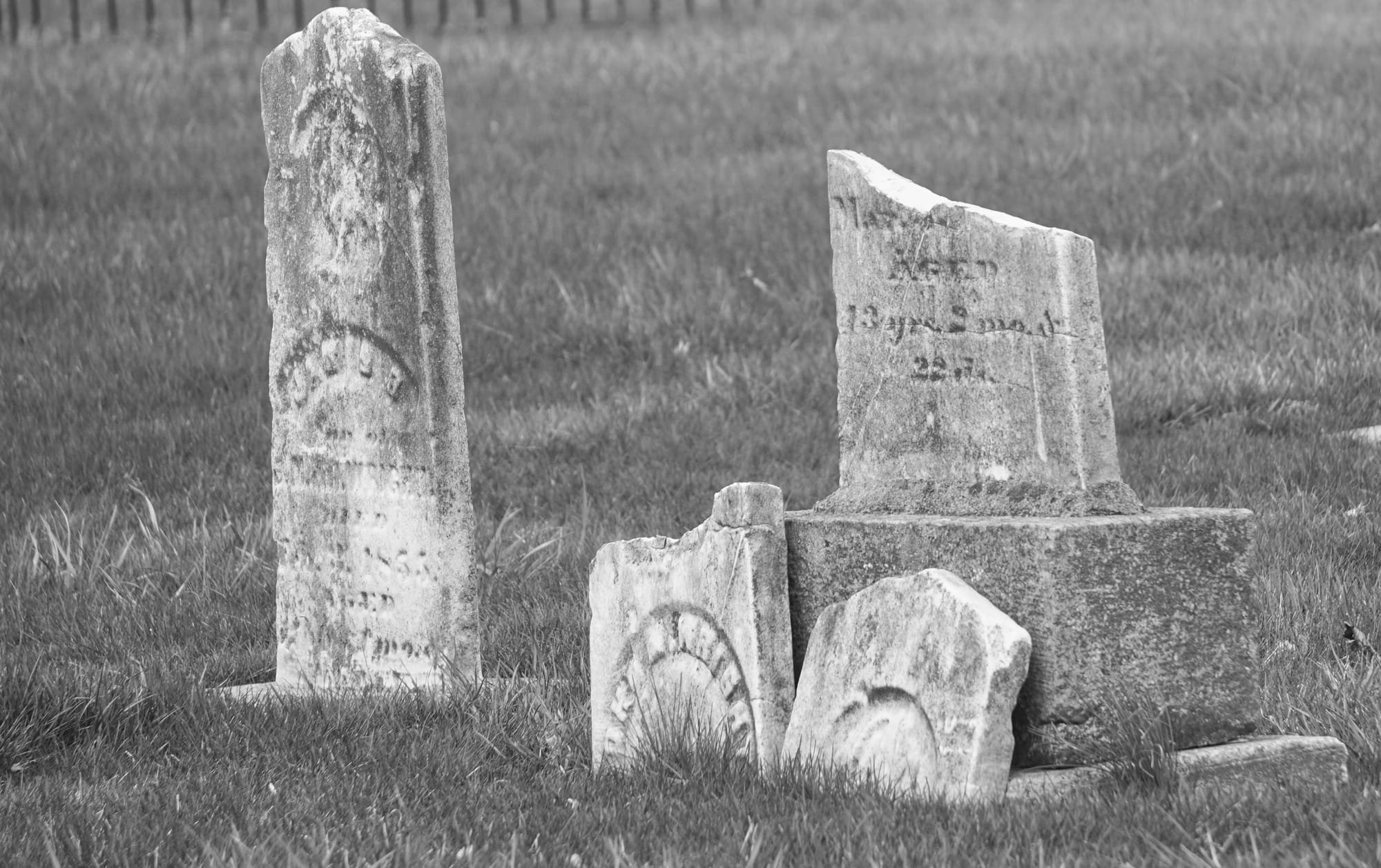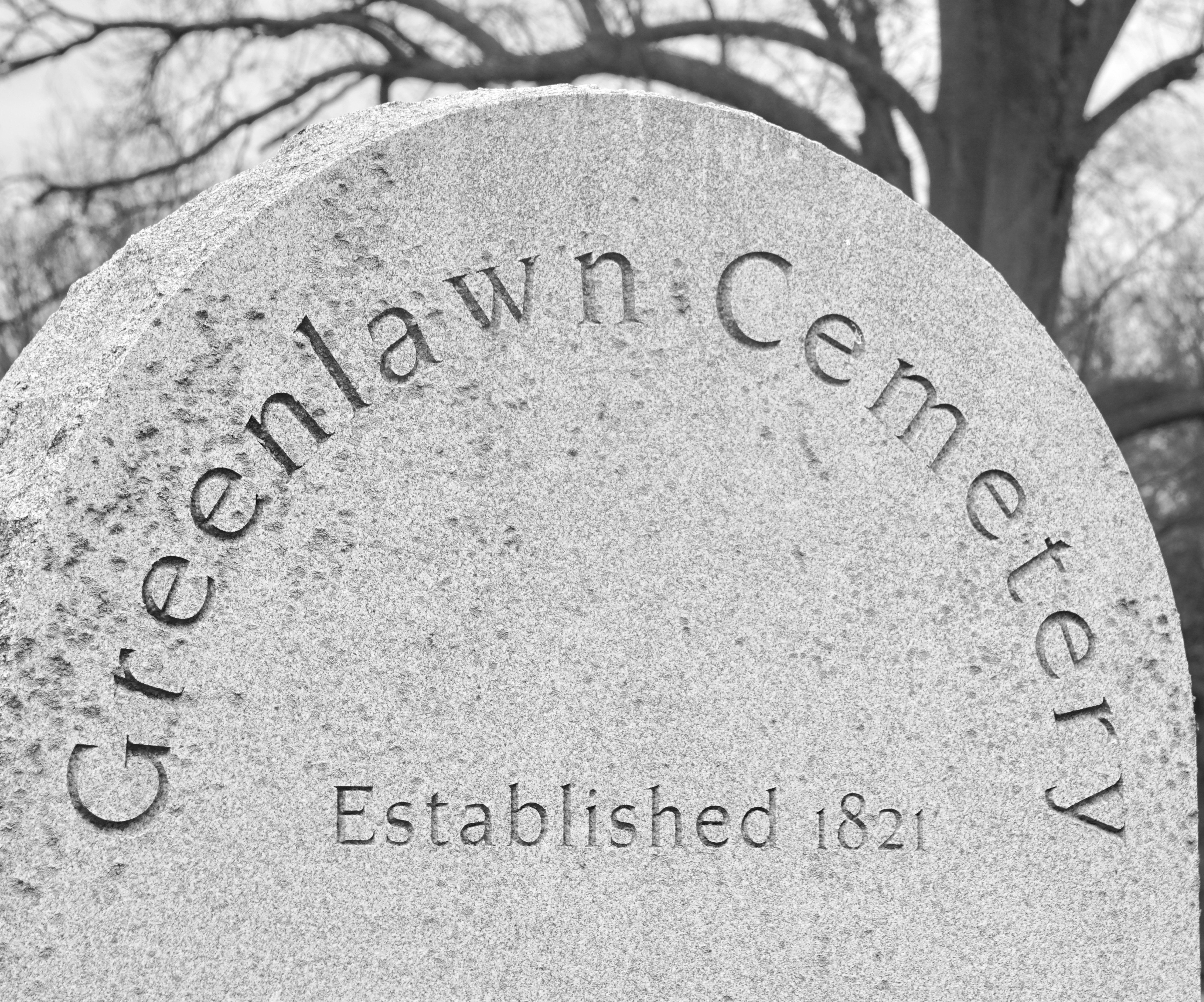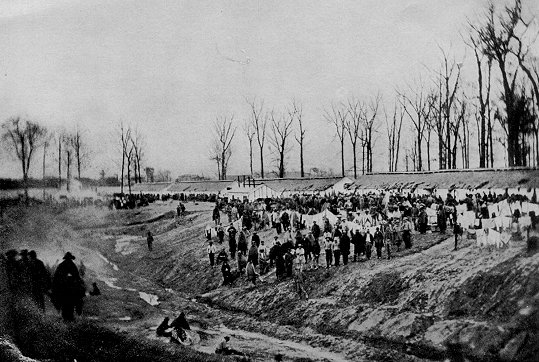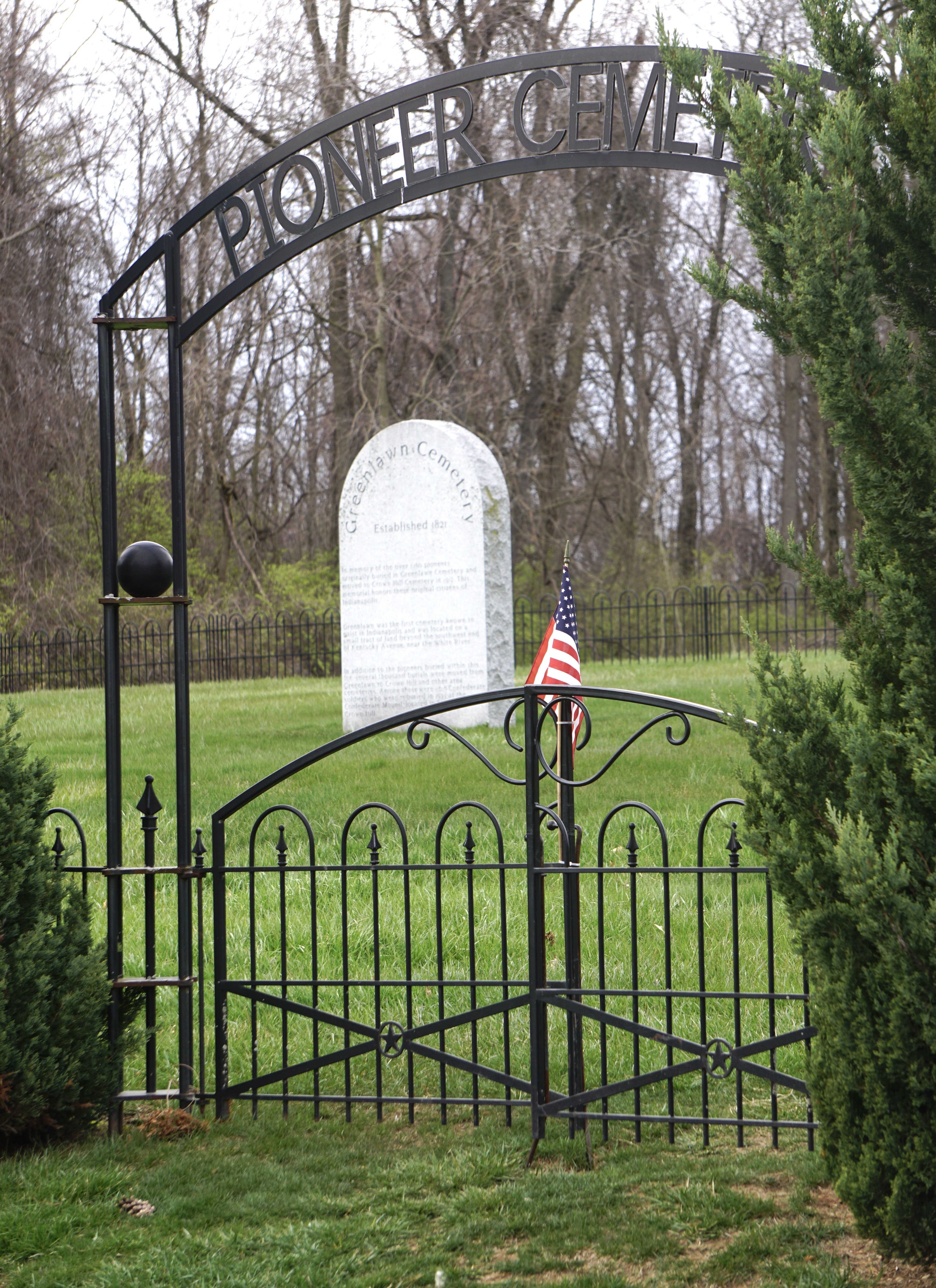The Dark History Behind the Demise of Greenlawn Cemetery

When we hear the name Crown Hill Cemetery, we often think of James Whitcomb Riley, President Benjamin Harrison, and Colonel Eli Lily, to name a few of the notable people buried here.
Many prominent citizens were buried in Greenlawn, including Gov. James Whitcomb, who was exhumed from the cemetery in 1892. Whitcomb, who died 40 years earlier, was in remarkable condition, so the family friends were allowed to view his remains before being interred at Crown Hill.

However, before Crown Hill, Green Lawn Cemetery was the first public cemetery in Indianapolis, established in 1821. The cemetery was located along the White River just north of Kentucky Avenue. Green Lawn was plagued by overcrowding and flooding from the river, forcing 1,100 pioneer graves to be moved to Crown Hill, which was built in 1863. While the bodies were being relocated, families had to endure the sight of graves being disturbed, valuables taken, and, in some cases, corpses being stolen. During the 19th century, robbing graves and body snatching proved to be a lucrative business venture.
The first Black landowner in Indiana was a woman named Chaney Lively, who was also buried in Green Lawn Cemetery. She was born enslaved in 1795 and likely "purchased" in Louisville by Alexander Ralston, a lifelong bachelor. When the platted lots for the cemetery went up for sale, he bought two, one for himself and the other for Chaney.
John Tucker is also believed to have been buried in Green Lawn. He was the victim of a historical lynching in Indianapolis. Tucker was beaten to death by three drunken white men. His case is believed to be the first of its kind, where a white man was tried and convicted by a jury.
At the time of the Civil War, Indianapolis did not have a cemetery specifically designated for the 1,200 Union soldiers who died in camps and hospitals near the city. These soldiers were first buried at Greenlawn Cemetery and later moved to Crown Hill. Indiana's only African American soldiers of the Civil War were also initially buried at Green Lawn.
Camp Morton was a sizable prisoner-of-war camp north of Indianapolis, where 1,616 imprisoned Confederate soldiers died and were buried at Green Lawn. The Confederate remains, referred to as "unknowns," were put in 25 wooden boxes and buried in a mass grave at Crown Hill. In 1991, a monument of ten large memorial stones was erected with all 1,1616 names listed.

In 1986, while installing a fiber-optic communications network, workers uncovered a cast-iron coffin with "a quite well-preserved" body of an adult man inside. The find was no shock for those acquainted with the area's history; it was to be anticipated.
After Greenlawn's closure, many records denoting the identities of those buried there, the exact number of graves, and their locations were destroyed or lost.
Throughout the 1800s, African Americans were buried in a segregated part of Green Lawn. Some have been relocated to Crown Hill, but no improvements have been made to uncover what's left of the cemetery.
Green Lawn is now located in the Pioneer Cemetery of Crown Hill, where visitors can pay their respects to the pioneers, soldiers, and prisoners of war who helped shape the city's history.
